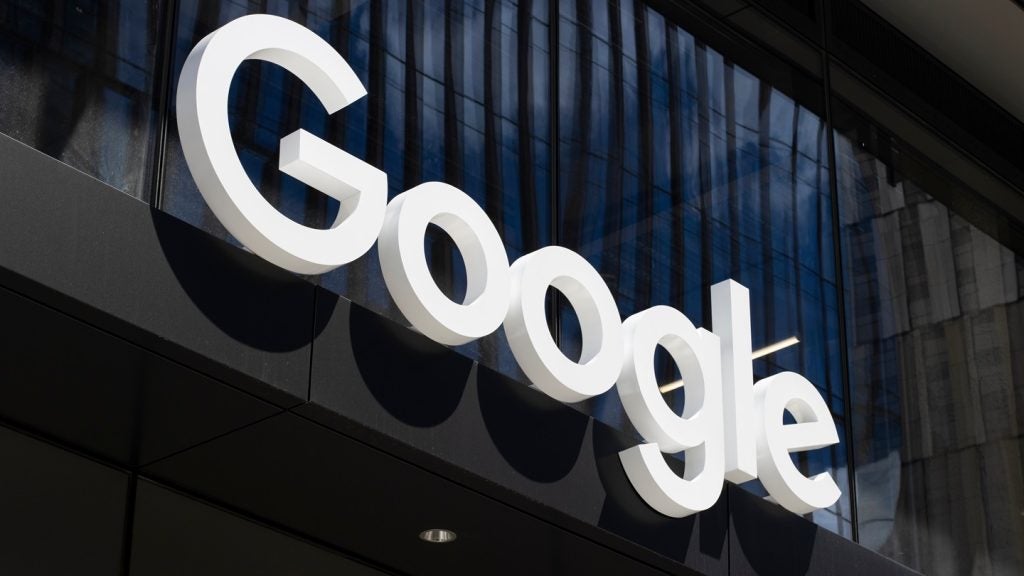Some 91.1% of companies in the tech industry pay their male employees more than their female staff, a Verdict analysis reveals.
The figures are based on reporting from all companies in the United Kingdom with a headcount of 250 employees or more. In total, 326 companies had reported their pay figures. Of those, only 29 had a higher women’s median hourly pay than men.
Across the sector, men’s median hourly pay was 16% higher than that of women. This puts tech industry above the national average of 11.6%.
A high gender pay gap does not necessarily imply that women are paid less for the same jobs, which would be illegal under the 1970 Equal Pay Act. Instead, it may suggest that men tend to dominate the top-paying jobs within companies.
Women working in technology occupied 23.5% of the top-paying jobs in the industry. Men occupied the rest of the top spots or 76.5%.

US Tariffs are shifting - will you react or anticipate?
Don’t let policy changes catch you off guard. Stay proactive with real-time data and expert analysis.
By GlobalDataOn the other end of the pay scale, women occupied 39.3% of the lowest-paid jobs in tech industry.
On average, women also received 12.9% less in bonuses compared to their male co-workers.
Among companies in the tech industry, ALLEGIS GLOBAL SOLUTIONS LIMITED had the biggest difference in median hourly pay, with women earning 58.7% less than men. That means that for each £1 earned by men in the company, women earned 41p. It was followed by SNAP GROUP LIMITED with a pay gap of 53.1% and ALLEGIS GROUP LIMITED with 51.4%.
At the other end, RESTORE TECHNOLOGY LIMITED paid women 31% more than men for each hour worked, followed by DIEBOLD NIXDORF (UK) LIMITED, who paid women 20.3% more and COOPER PARRY GROUP LIMITED, who paid women 19.4% more.
The gender pay gap in tech industry has decreased in the 2021-22 reporting year compared to the year before.
Methodology
This analysis is based on data from GOV.UK's Gender pay gap service. We identified companies in the tech industry based on the SIC codes they reported.
The data provides several summary indicators, including the difference in mean and median pay for the two genders. Mean pay indicates the average pay across each group, while the median is the value that sits in the middle of a list of salaries arranged from lowest to highest, with half of salaries being lower than the median and the other half being higher. The median is used to prevent extreme values at either end of the pay scale (a CEO's salary, for example) from skewing the average. Both indicators have advantages and disadvantages, but we used the median figures in our analysis.
To create an indicator for the tech industry, we averaged the median pay gaps in the industry and weighted them by the company size. That way, a company with 20,000 or more employees would influence the average more than a company that employs 250 people.
While the figures are a good indication of the state of the industry, they should not necessarily be taken at face value. As the first graphic in the article suggests, many companies report a gender pay gap of zero, which is statistically improbable. A minority of companies also reported a gender pay gap of 100%, which might indicate they have no female employees at all.
Because companies are only compelled to disclose summary statistics, the figures cannot be verified.







